China is a country of contrasts, but not the kind that cancel each other out. It’s a place where centuries-old alleyways open onto neon-lit skylines, where you can wake up in a bamboo forest and fall asleep on a high-speed train. The scale is staggering, and so is the variety, whether it be in the landscapes, language, food, or just the rhythm of life.
This list is just a starting point, covering only the tip of the very vast iceberg that is China. Whether you’re in it for the views, the stories, or just the feeling of being somewhere completely different, here are ten experiences that capture a little of what makes China unforgettable.
Also read: 13 Must-Knows for Your First Trip to China from Singapore
1. Meet the Terracotta Warriors and get a taste of Xi’an’s Silk Road past
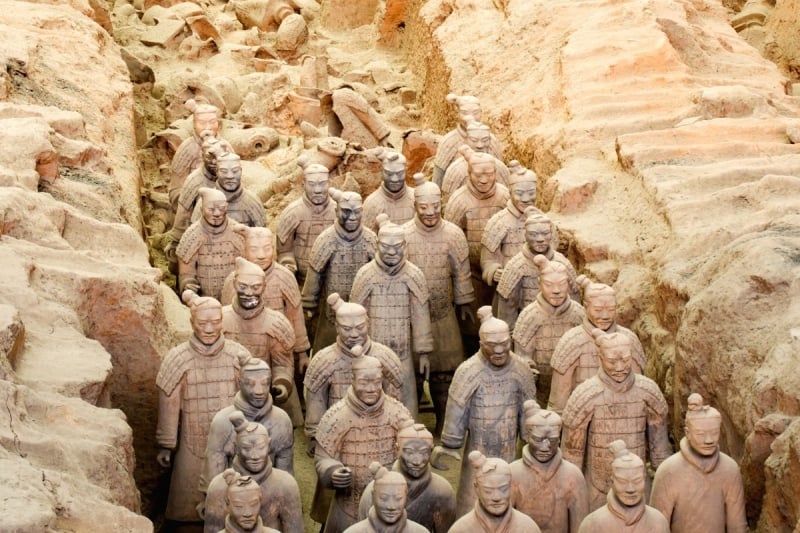
Image Credit: richiewato via Canva Pro
You don’t expect them to feel so alive. Thousands of clay soldiers, each with a different face, stand in silent formation just outside Xi’an. The Terracotta Army was built over 2,000 years ago to guard the tomb of China’s first emperor, and it still feels like a place of quiet vigilance. It’s less a display and more a world that waits, still half-buried in earth.
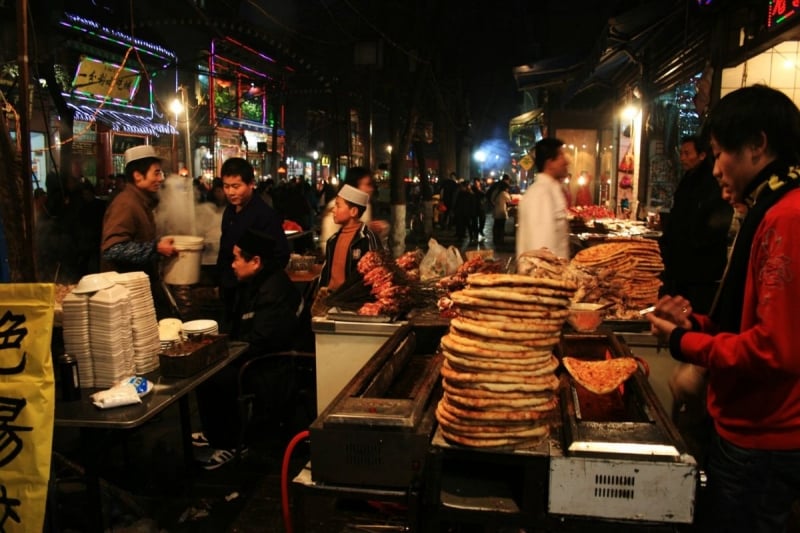
Image Credit: Batiste Pannetier via Wikimedia Commons
Back in the city, Xi’an’s old walls stretch nearly 14 kilometres around the historic centre. You can walk or cycle along the top, passing drum towers, pagodas, and open-air markets. The Muslim Quarter is full of scent and sound, with food stalls selling grilled meat, hand-pulled noodles, and sweets dusted in sesame.
2. Trace desert trails and painted caves along Gansu’s ancient trade routes
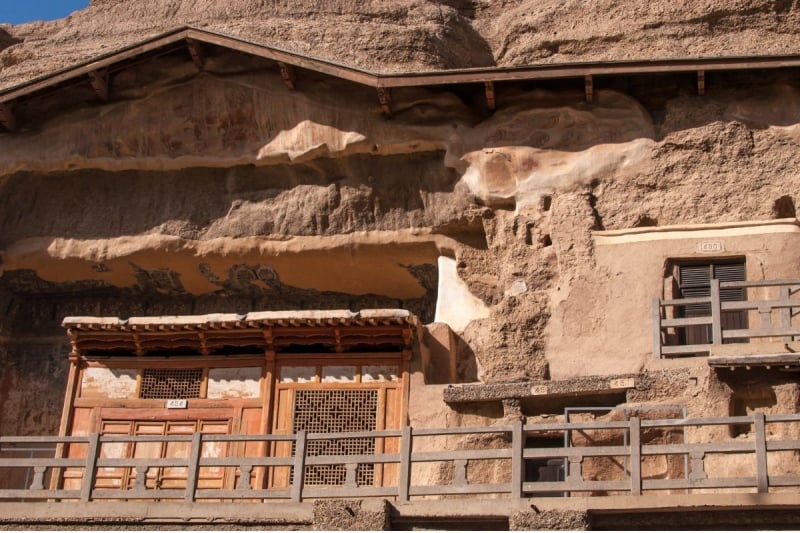
Image Credit: sihasakprachum via Canva Pro
In Gansu, the land opens up into ochre cliffs, sand dunes, and long roads that seem to lead nowhere until they do. This was once part of the Silk Road, where traders carried spices, textiles, and ideas between East and West. That history still lingers in the Mogao Caves, a network of grottoes carved into rock and filled with centuries of Buddhist art. Some are small enough to stand in with arms outstretched. Others open into halls of painted ceilings and faded statues, each brushstroke surviving sand and time.
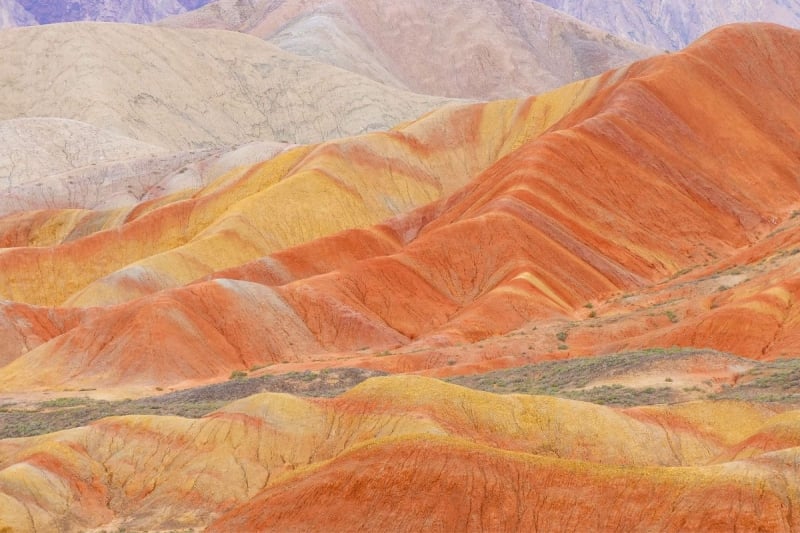
Image Credit: Phoebe Yu via Canva Pro
Further west, the landscape changes again. At Zhangye Danxia, the mountains ripple with reds, oranges, and golds — striped layers of mineral-rich sandstone shaped by wind and rain. It almost feels half-real, like a painting someone left out in the sun too long.
3. Walk through Beijing’s old city walls and take the quieter route up the Great Wall
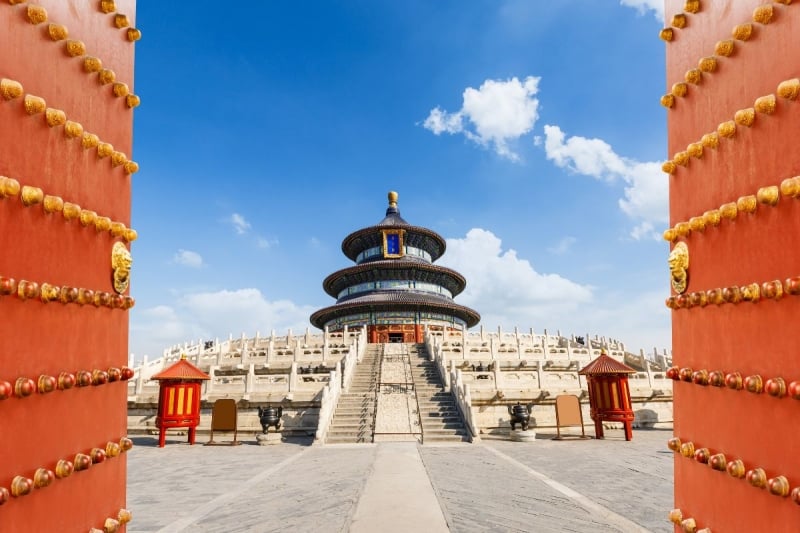
Image Credit: zhaojiankang via Canva Pro
Beijing is the kind of city where history doesn’t stay behind glass. It spills out into the streets. You’ll find it in the layered rooftops of the Forbidden City, in the stillness of the Temple of Heaven, and in the narrow hútòngs where daily life unfolds with quiet rhythm. The Summer Palace, with its long corridors and lakeside breeze, offers another reminder that beauty was once designed to be walked through slowly, not rushed past for a photo.
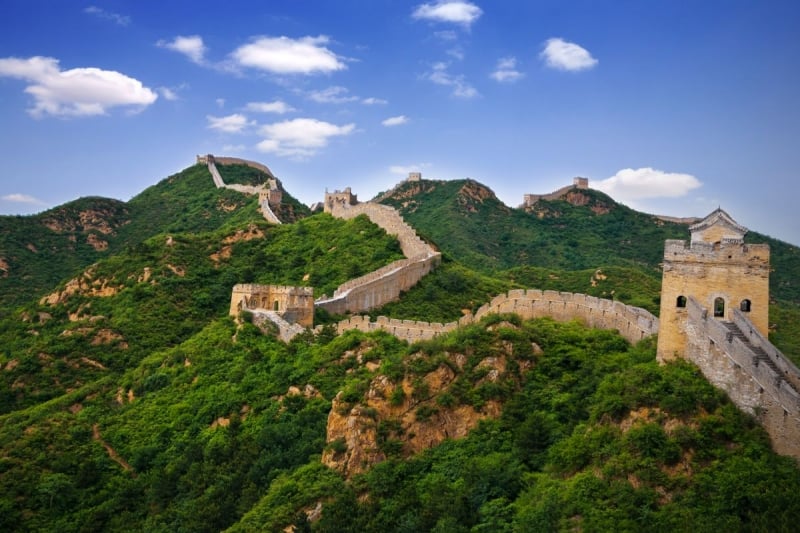
Image Credit: bjdlzx via Canva Pro
If you’re visiting the Great Wall, it’s worth skipping the usual crowds at Badaling. Head instead to Mutianyu, a less-travelled section that rewards you with forested views and gentler slopes. On a quiet day, you might find yourself walking alone, just you and the wind, tracing the edge of what was once an empire.
Also read: 7 Unique Things to Do in China You Didn’t Know Existed
4. Take in misty peaks and river valleys in Hunan and Yunnan
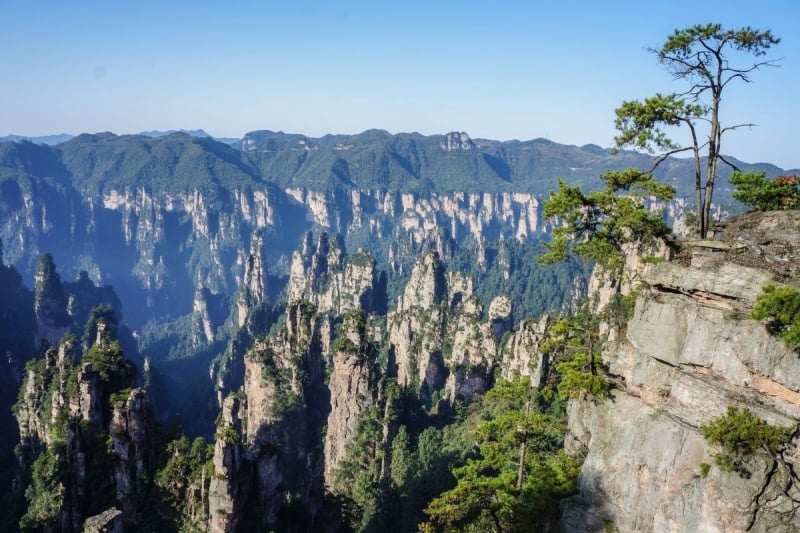
Image Credit: 103924 via Canva Pro
The sandstone pillars of Zhangjiajie rise out of the forest like something half-remembered from a dream. Shrouded in mist, with narrow bridges linking cliff to cliff, the park invites a different kind of hike — one where the ground seems to fall away and the trees grow sideways. It’s easy to see why these peaks inspired the floating mountains in Avatar, though in person, they feel quieter and more grounded.
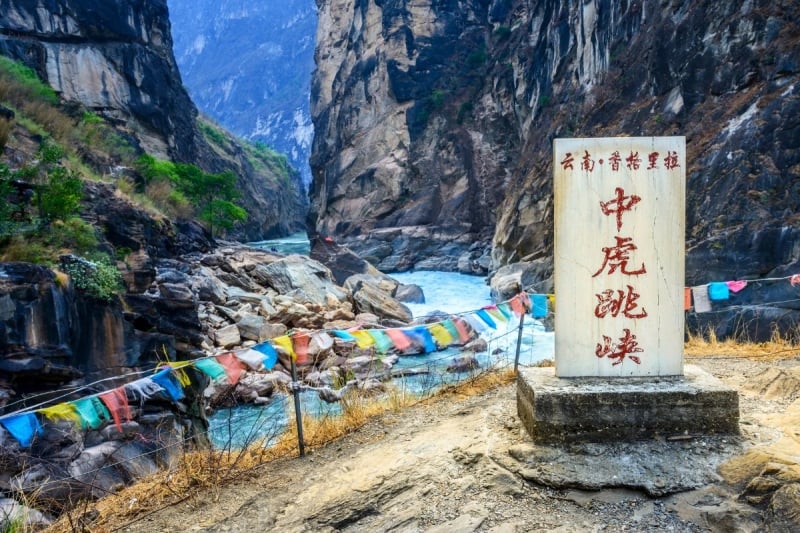
Image Credit: aphotostory via Canva Pro
Further southwest in Yunnan, the trail along Tiger Leaping Gorge winds between steep cliffs and the rushing Jinsha River. The path can be narrow in places, but the views are wide. Starting in the cobbled town of Lijiang and ending in the highlands of Shangri-La, the journey takes you through Tibetan villages, farmland, and long moments of stillness between the bends.
5. Wander from the Bund to old lane houses in Shanghai
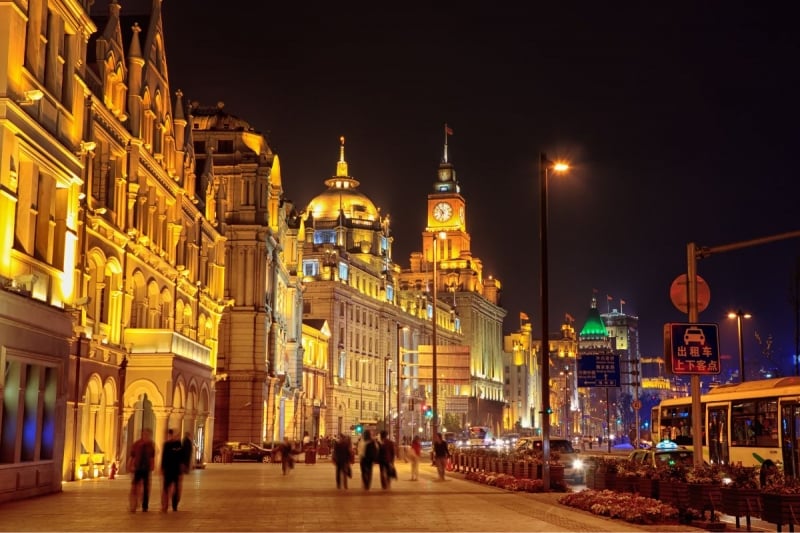
Image Credit: KhaoYaiBoy via Canva Pro
Shanghai moves fast, but parts of it still carry a quiet kind of charm. Walk along the Bund to see the city’s colonial past lined up in stone, facing a skyline of glass and steel across the river. It’s a view that feels split across centuries, as if the city never fully chose between old and new.
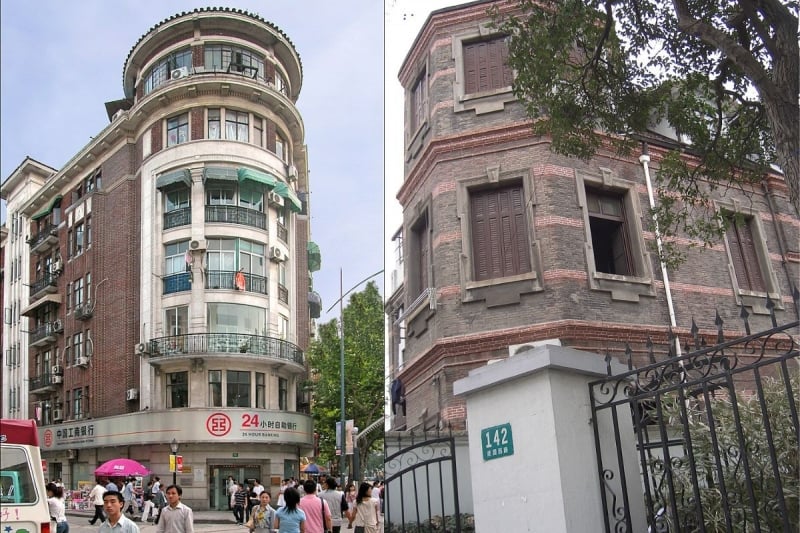
Image Credit (L-R): Jean-Pierre Dalbéra cia Wikimedia Commons; pfctdayelise via Wikimedia Commons
Beyond the waterfront, the former French Concession offers slower streets and a different rhythm. Shaded by plane trees, these neighbourhoods are home to shíkùmén buildings, small cafés, and boutiques tucked behind wooden doors. It’s a part of the city that invites wandering, without a fixed destination.
6. Sail through karst cliffs along the Li River to Yangshuo
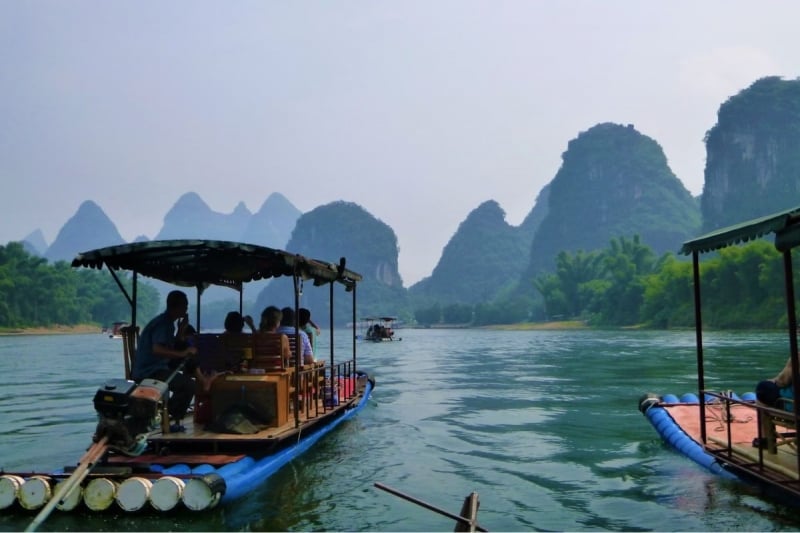
Image Credit: Conny Schneider | Unsplash
Some landscapes feel like they were never meant to be real. The Li River, winding through Guangxi province, moves slowly between towering karst cliffs that seem to rise out of nowhere. Water buffalo wade through the shallows, bamboo rafts drift past quietly, and the air often hangs with a kind of soft haze that makes everything look just a little more dreamlike.
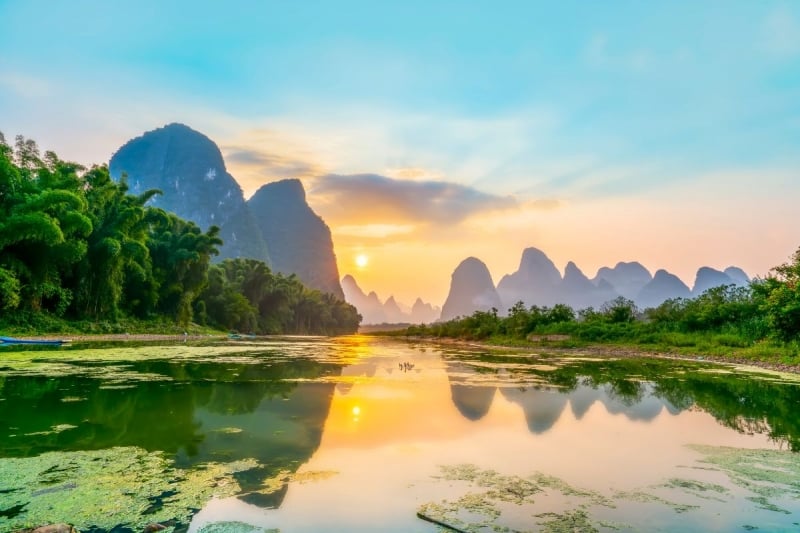
Image Credit: 4045 via Canva Pro
The cruise from Guilin to Yangshuo is the best way to take it all in. Once you reach Yangshuo, things slow down even more. The town is small, surrounded by green fields and limestone peaks, and best explored by bike or on foot. It’s the kind of place that makes you forget about schedules and just watch the sky change colour over the hills.
Also read: Real-Life Filming Locations in China from Popular Movies and Dramas
7. Stay in a village near the rice terraces and learn from local communities
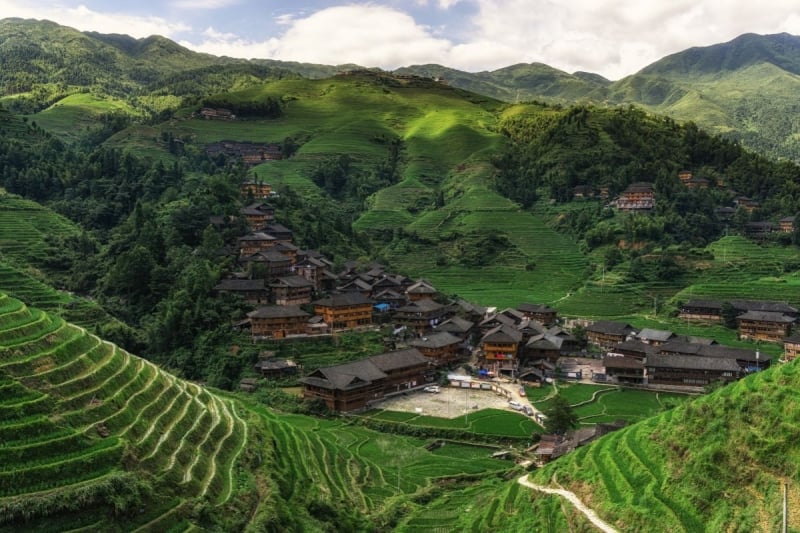
Image Credit: aaron90311 via Canva Pro
In the mountains of Guangxi and Guizhou, rice terraces climb the hills in long, careful curves. These landscapes weren’t carved by machines or drawn up in planning offices — they were shaped by hand, over generations. Villages like Dazhai or Chengyang are home to ethnic minority groups such as the Zhuang, Yao, and Dong, who live in wooden houses built on stilts and still follow rhythms tied to the land.
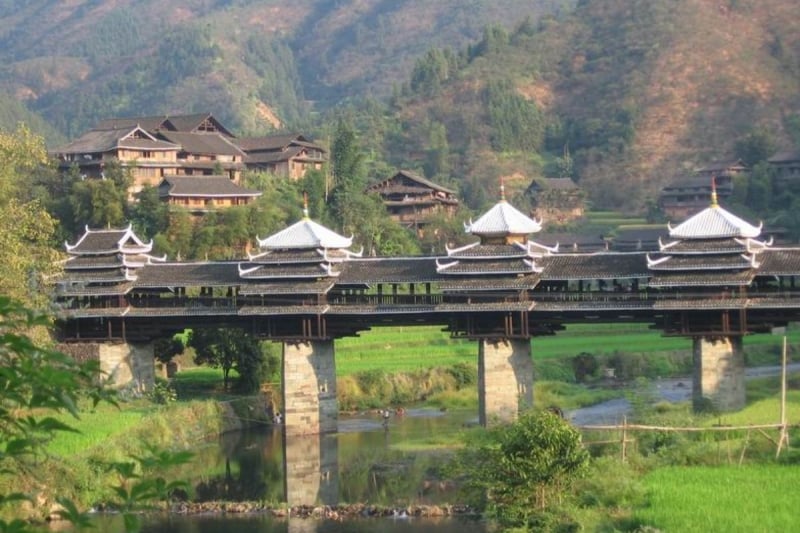
Image Credit: Anja Disseldorp via Wikimedia Commons
Staying in a guesthouse here isn’t about luxury. It’s about early mornings with mist in the fields, shared meals with local families, and learning a few words in a language you’ve never heard before. You might help plant rice, join a village festival, or just sit on a balcony and listen to the hills. It’s slow travel in the best sense.
8. Eat your way through night markets in cities big and small
If there’s one place where China’s energy comes through at full volume, it’s the night market. Stalls crowd the streets with steam rising from bamboo baskets, skewers crackling over flames, and tables packed with people sharing food meant to be eaten hot and fast. It’s not always clean or quiet. That’s part of the charm.
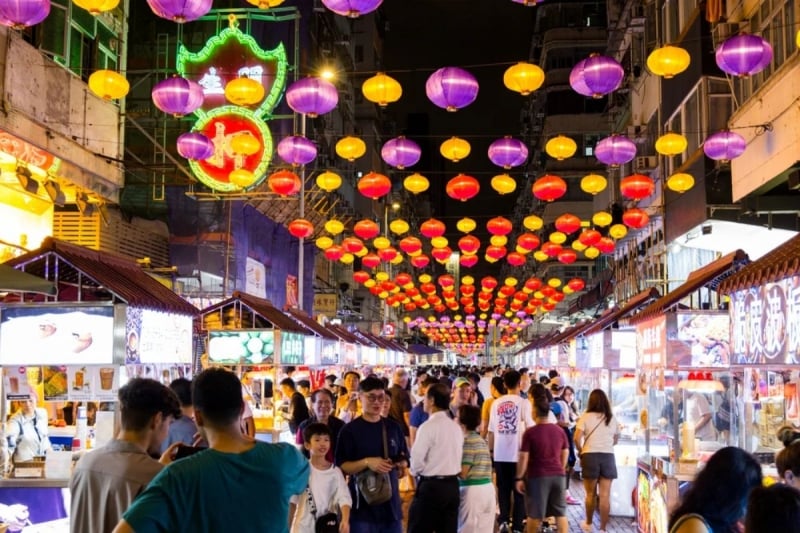
mage Credit: Bokksu Market Official Website
In Xi’an, try hand-pulled noodles with cumin lamb or flatbreads filled with stewed pork. In Chengdu, look for cold noodles, spicy rabbit heads, and anything coated in chilli oil. Even in smaller cities, the markets serve up local specialities shaped by climate, culture, and memory. Night markets are as much about the motion, atmosphere, and the thrill of discovering something new under flickering lights as it is the food.
Also read: 8 Most Beautiful Beginner-Friendly Hikes in China You Can Actually Do
9. Spot pandas in Chengdu and visit a Buddha carved into a cliff
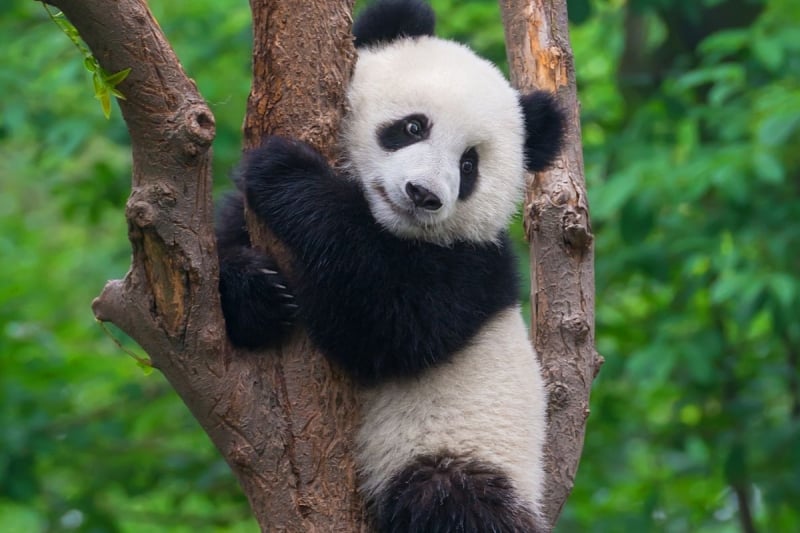
Image Credit: Hung_Chung_Chih via Canva Pro
It’s hard not to smile when you see a panda flopped on its back, bamboo in paw, completely unbothered by the world. The Chengdu Research Base of Giant Panda Breeding is the easiest place to catch a glimpse of them up close, especially if you visit early in the morning when they’re most active.
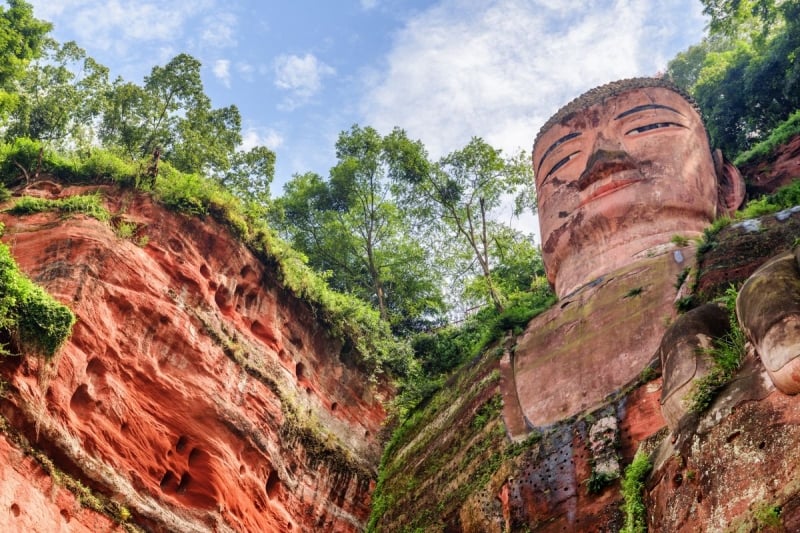
Image Credit: efired via Canva Pro
But Sichuan has more to offer than pandas. About an hour away in Leshan, a 71-metre-tall Buddha has been watching over the river for more than a thousand years. Carved into a cliff face, it stands at the meeting point of three rivers, massive and unblinking. You can take a boat ride to see the full scale of it, or climb the narrow stone steps down its side to meet it face to face.
10. Visit a tea farm and slow down over tiny cups and quiet hills
Tea is part of everyday life in China, but visiting a farm brings it into focus. In places like Hangzhou, Yunnan, or Sichuan, you can walk through rows of tea bushes that stretch across soft hills, with cool air and birdsong all around. The setting is calm, the work is steady, and the rhythm feels different from the city.
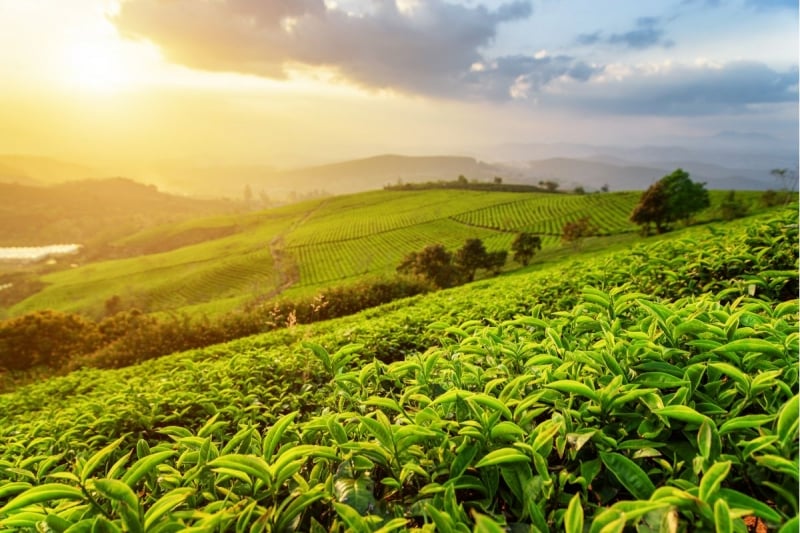
Image Credit: efired via Canva Pro
Tastings are often simple. A pot is boiled, a cup is poured, and people sit together without needing to say much. Whether it’s the nutty flavour of Longjing green tea or the deeper notes of Yunnan black, the experience has a way of slowing time. It’s not just about drinking tea. It’s about noticing what it feels like to pause.
Also read: What Apps to Download Before Travelling to China
Final thoughts
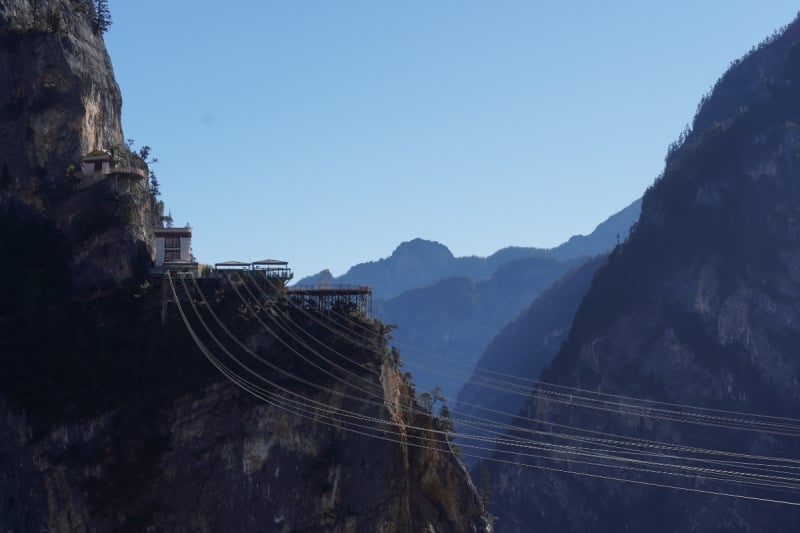
Balagezhong, Shangri-La
From historic cities and scenic rivers to quiet villages and night markets, China offers a wide range of experiences. This list brings together ten starting points across different regions and highlights the variety you can find. The diversity shows up not only in geography, but also in culture, food, and pace of life.
Whether you are planning your first trip or hoping to explore new areas, these places show how much there is to discover. With high-speed rail connections, regional airports, and visa-free transit policies for many travellers, it is now easier than ever to see more of the country in a single journey.




